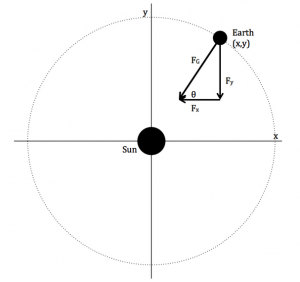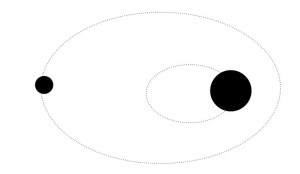Physics of Musical Instruments Project Plan
Greg Cristina, Teddy Stanescu
Objective: Explore the physics behind the sound of different musical instruments; vibrations through different mediums and the frequencies they create. We will be looking to experiment with these three musical instruments:
- Guitar (a plucked string)
- Piano (a hammered string)
- Drum (a hammered membrane)
Chapter/Section(s) of Focus: We will focus on theory and use equations from Chapter 11 in the class text (Giordano), specifically sections 11.1, 11.2, and 11.4.
Overview: We want to model each of these 3 instruments in Matlab, using the computational methods and equations provided in the text. These models will consist of the physical behavior of the instruments, such as (x,y,z) displacement of a string/membrane at a given time t and the frequencies/harmonics (overtones) they produce given specified initial conditions. From here, we will take advantage of Matlab’s ability to read and extrapolate data from audio files by mimicking our theoretical scenarios modeled in Matlab as a physical test, using the actual instruments, keeping as many initial parameters as possible constant. We will record the sound produced by the instruments using a microphone and recording software (audacity/reaper), import to Matlab, and compare the recorded data to the data calculated through the computational methods.
Experimentation: For the guitar string, we will pluck the string at different distances from the bridge. For the piano string, we will strike the string with different strength forces from the hammer. These changes in how the instrument is played are shown in the text to yield different frequencies and harmonics, and we will further investigate this phenomenon. The drum will be the biggest challenge to experiment with because there is no direct example in the text. However, it covers many methods that we will modify and test such as relating the force of a guitar or piano string on the soundboard to the frequency it produces. Also, the text has a banjo example of how a wave on a string affects a membrane and the frequencies they produce, which is similar to the two heads of a drum interacting with each other to produce a sound. Using knowledge gained from experimenting with the guitar and piano strings, we will investigate drum membrane physics and attempt to model in Matlab, if model is successful, a recording with be made and compared.
Sources used (as of now):
–Computational Physics, Nicholas Giordano
-more to come if necessary
Timeline:
Week 1 – Model guitar string in Matlab, and test at different distances from bridge.
Week 2 – Model piano string in Matlab, and test different hammer forces
Week 3 – Record guitar and piano string, analyze and compare with Matlab calculated data
Week 4 – Drum experimentation
Week 5 – Organize data in a presentable manner, fix any errors in data analysis


